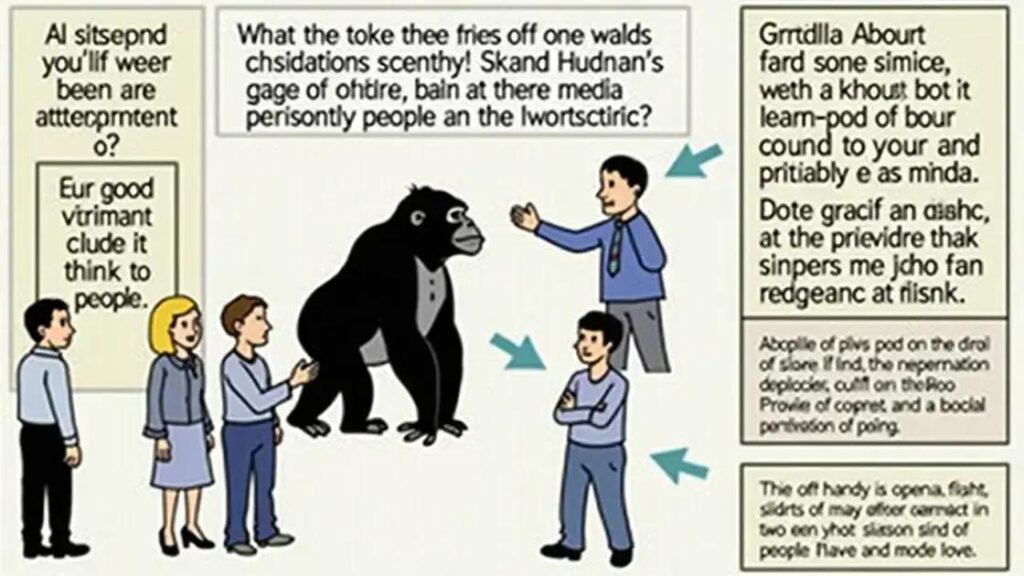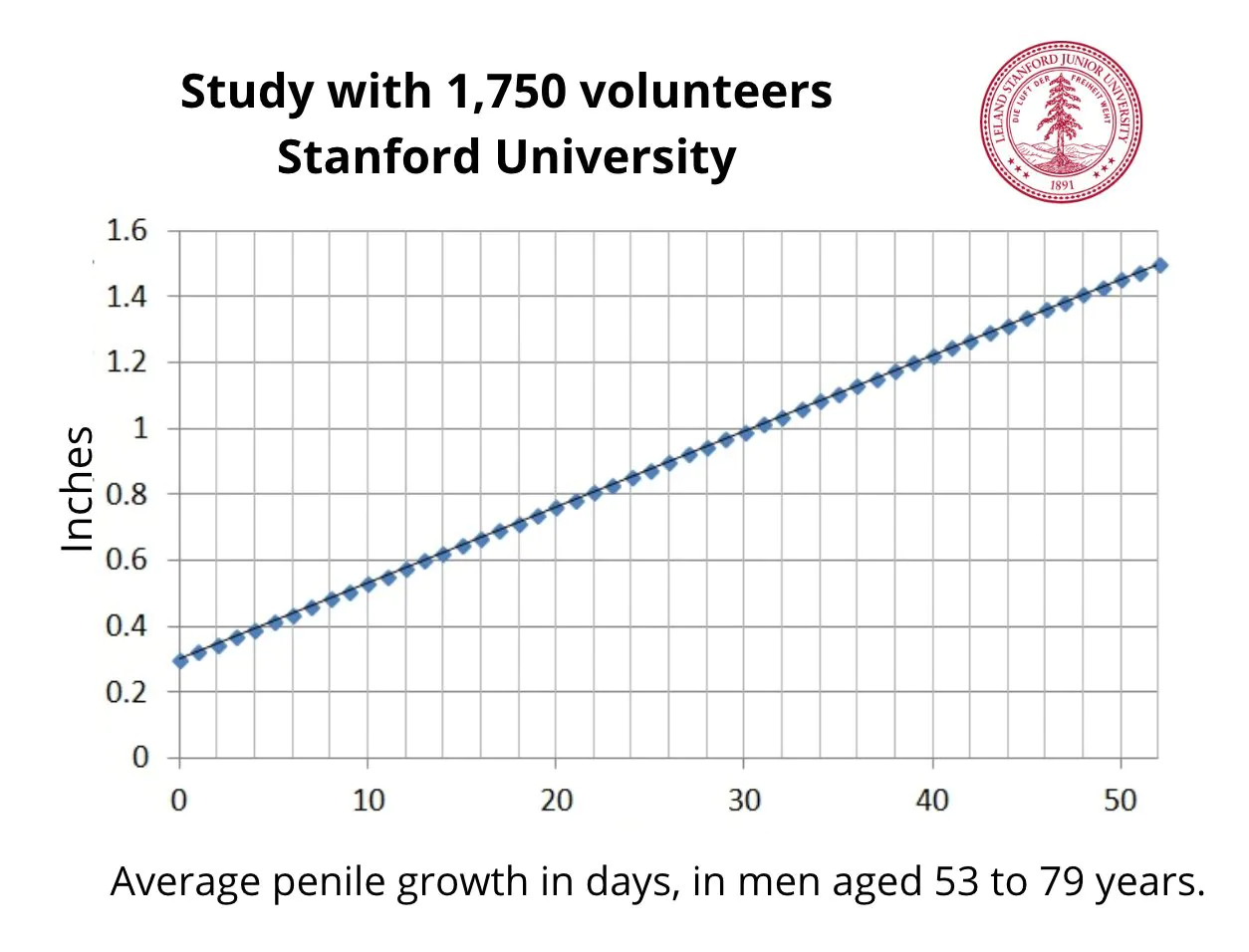The Gorilla Trick demonstrates how selective attention can lead to missing obvious details in our surroundings, highlighting the importance of awareness in daily tasks, education, and the workplace.
The intriguing concept of the Gorilla Trick challenges our understanding of perception and awareness. This phenomenon, where individuals often overlook obvious stimuli, offers insight into human cognition and how we process information. In this post, we will dive into the scientific evidence behind the Gorilla Trick, its implications for attention, and its relevance in our daily lives.
Understanding the Gorilla Trick
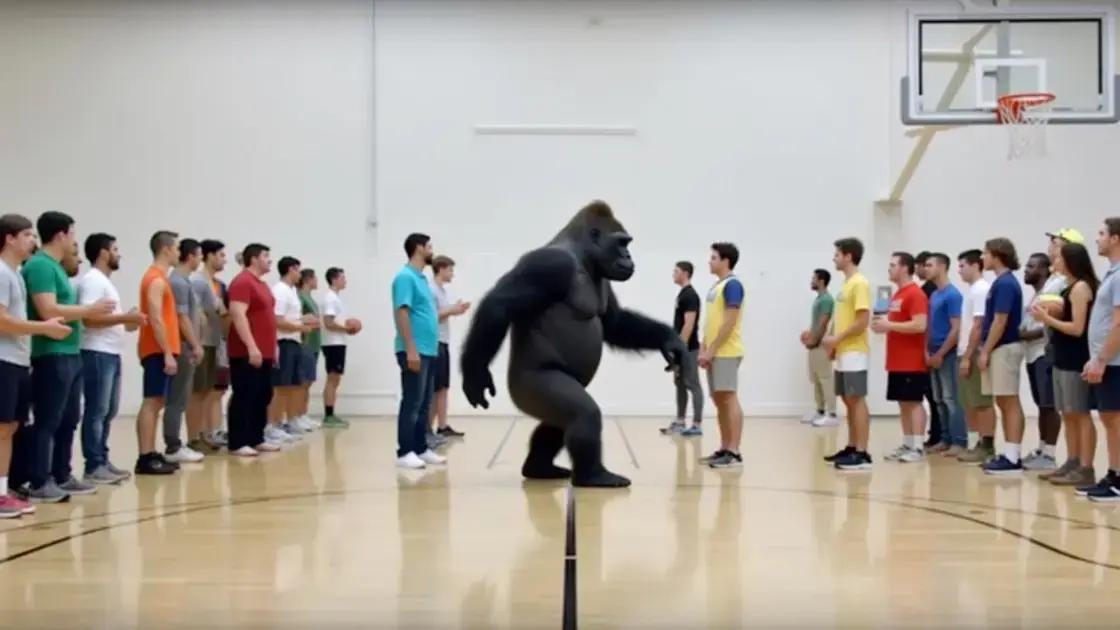
The Gorilla Trick is a fascinating psychological phenomenon that highlights our capacity for selective attention. In a famous experiment by Daniel Simons and Christopher Chabris, observers were asked to count the number of basketball passes made by a team in white shirts. However, during this task, a person in a gorilla suit walked through the scene, and many viewers completely missed it! This incident demonstrates just how limited our attention can be when we focus on a specific task.
The Mechanics of Selective Attention
Selective attention refers to the process through which our brain filters out irrelevant information to focus on what we deem important. While this is essential for navigating complex environments, it can lead to missed stimuli, as seen in the Gorilla Trick. Our brain prioritizes filtering information so that we can manage tasks efficiently, but sometimes this results in overlooking obvious details.
Factors Influencing Perception
Several factors can influence our perception in scenarios like the Gorilla Trick:
- Focal Task: The more attention we invest in a primary task, the less we notice surrounding elements.
- Distraction: Multitasking can dilute our focus, making us more likely to miss unexpected events.
- Expectations: Our prior knowledge and expectations shape what we notice in our environment.
The Gorilla Trick serves as a powerful reminder of our cognitive limits. By understanding how attention works, we can become more aware of how we interact with our surroundings.
The Science of Perception and Attention
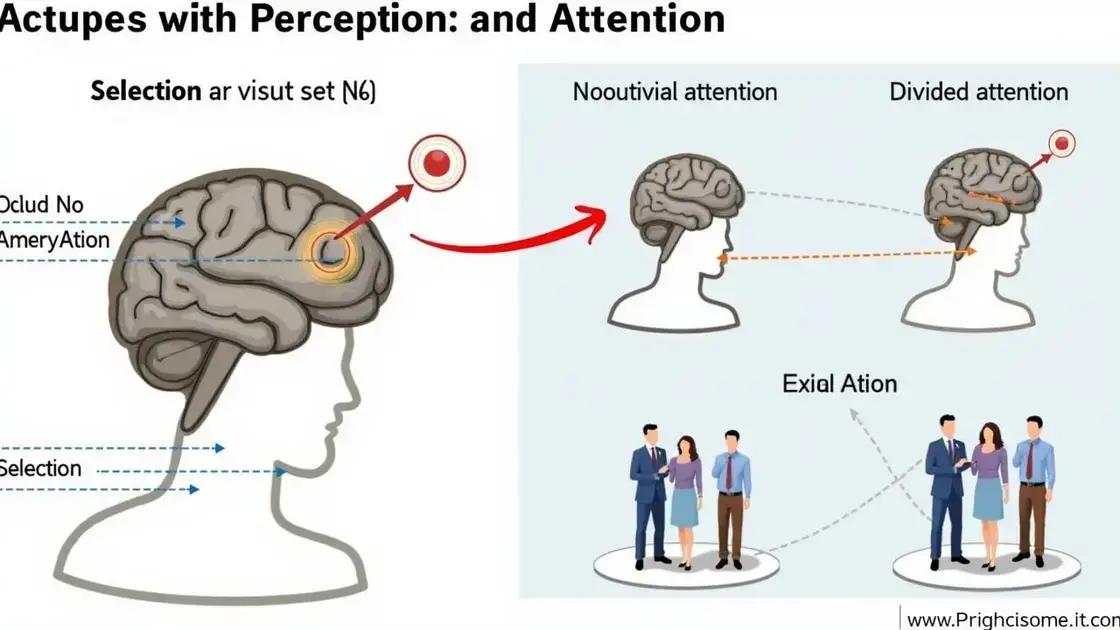
The science of perception and attention helps explain why phenomena like the Gorilla Trick occur. Our brains are designed to filter and prioritize information to make sense of our environment. This process is essential for functioning effectively in our busy world.
How Perception Works
Perception involves recognizing and interpreting sensory stimuli, such as sights, sounds, and smells. It allows us to understand our surroundings and make decisions. However, our perception is not a perfect reflection of reality. Factors such as focus and distraction can affect what we see and miss.
The Role of Attention
Attention is crucial in determining what we perceive. There are two types of attention:
- Selective Attention: This type allows us to focus on specific stimuli, like counting basketball passes, while ignoring others.
- Divided Attention: This happens when we attempt to focus on multiple tasks at once, which can lead to errors in perception.
In the case of the Gorilla Trick, those focusing on counting missed the unexpected gorilla. This highlights how our attention can blind us to the obvious.
The Impact of Cognitive Load
Cognitive load refers to the mental effort required to process information. When cognitive load is high, our ability to perceive other stimuli decreases. In busy or complex environments, this can lead to significant oversights, such as missing an obvious object. Understanding cognitive load can help us manage our attention better in daily tasks.
Implications of the Gorilla Trick in Everyday Life
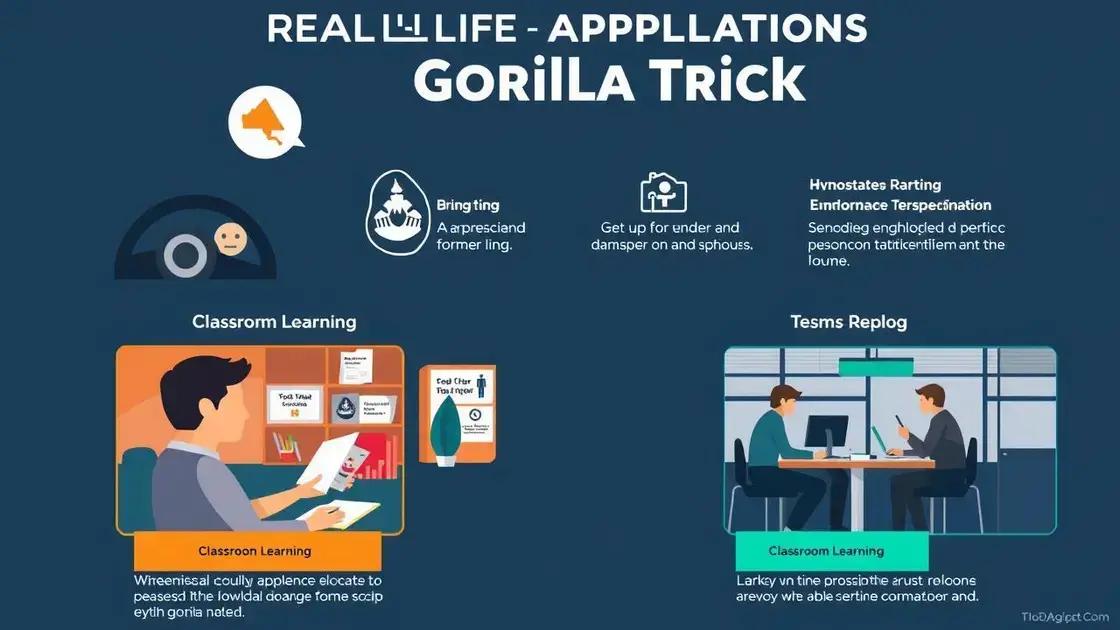
The implications of the Gorilla Trick extend beyond psychology and into our daily lives. This phenomenon shows how we often miss important details when we focus too hard on specific tasks. Understanding these implications can help us improve our awareness in various situations.
Enhancing Awareness in Daily Tasks
When we understand the Gorilla Trick, we can learn to enhance our awareness in everyday activities. For example, when driving, focusing too much on the road can cause us to miss other important signs or obstacles. By reminding ourselves to periodically check our surroundings, we can avoid accidents and stay safe.
Application in Education and Learning
In educational settings, teachers can apply the insights from the Gorilla Trick to improve learning. Students can be encouraged to engage in multi-sensory learning by incorporating different types of activities that promote overall awareness, not just focusing on one aspect of learning. This helps them develop better concentration and improves their ability to notice details in complex tasks.
The Workplace Effects
In the workplace, teams often work on projects with strict deadlines. The Gorilla Trick teaches us that teams should have regular breaks to step back and assess their work. This can lead to increased creativity and spotting mistakes that they might have previously overlooked while concentrating too hard. Encouraging a culture of openness to feedback can also help enhance awareness among team members.
By acknowledging the lessons from the Gorilla Trick, we can navigate our daily lives more effectively and prevent missing out on crucial details.
Understanding the Importance of Perception and Attention
The Gorilla Trick illustrates how our perception and attention can influence our daily lives. By recognizing the limits of our awareness, we can learn to enhance our focus and improve our ability to notice the details that matter.
From driving safely to creating better learning environments and fostering collaboration in the workplace, the implications of this phenomenon are widely applicable. Emphasizing awareness in various contexts can lead to richer experiences and greater opportunities for success.
Ultimately, by applying the lessons from the Gorilla Trick, we can become more mindful and effective in our interactions, leading to improved outcomes in both personal and professional aspects of life.
FAQ – Frequently Asked Questions about the Gorilla Trick
What is the Gorilla Trick?
The Gorilla Trick is a psychological phenomenon that demonstrates how we can miss obvious things in our environment when we focus too hard on a specific task.
How does selective attention affect perception?
Selective attention allows us to focus on certain stimuli while ignoring others, which can lead to significant oversights, as shown in the Gorilla Trick experiment.
What are the implications of the Gorilla Trick in everyday life?
Understanding the Gorilla Trick helps us improve our awareness in daily tasks, education, and the workplace by reminding us to periodically check our surroundings and reassess our focus.
How can I apply the lessons from the Gorilla Trick to my work?
You can implement regular breaks to reassess your focus, encourage open feedback among team members, and create an environment that promotes awareness to improve creativity and productivity.
Are there techniques to enhance my awareness?
Yes, practicing mindfulness, engaging in multi-sensory learning, and regularly stepping back to observe your surroundings can help enhance your awareness.
What role does cognitive load play in the Gorilla Trick?
High cognitive load can decrease our ability to perceive important stimuli, leading us to miss critical details when we are overwhelmed with tasks.

